Here are some of my top learnings on case study essentials as well as some tips to make it stand out
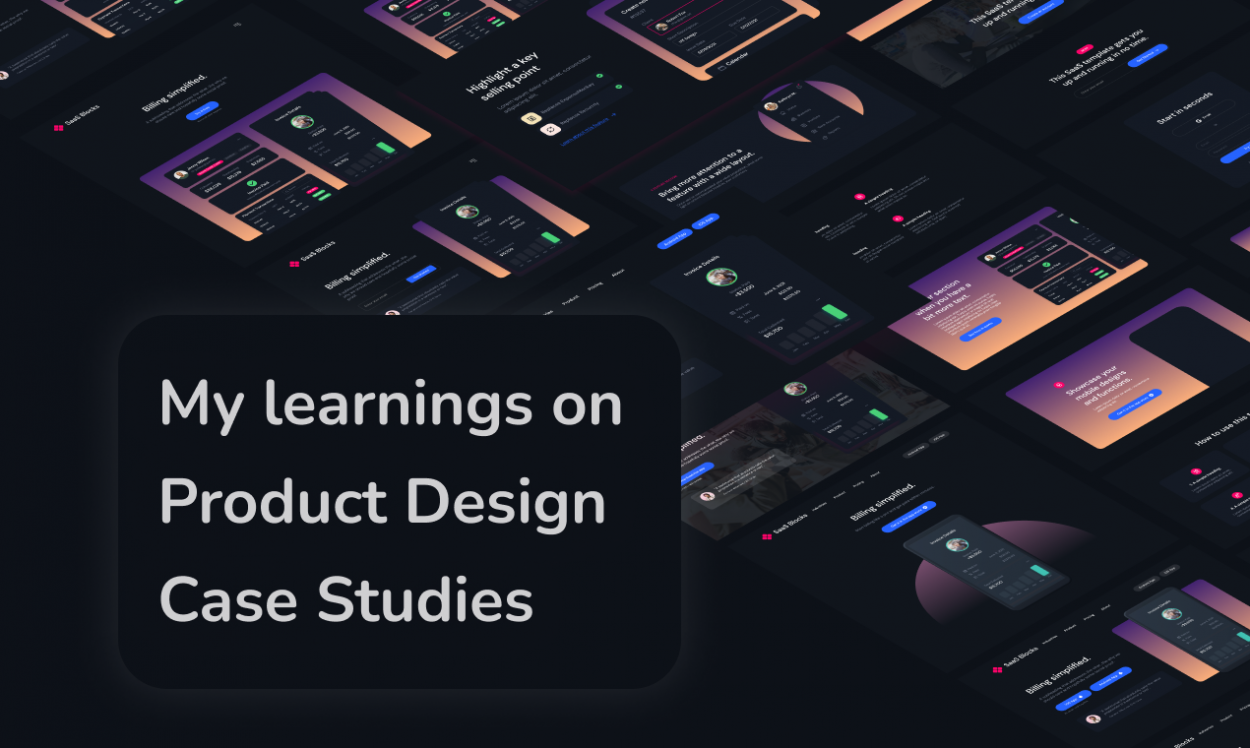
My learnings on Product Design Case Studies
I was looking to revamp my portfolio and update it with a few case studies, and I was thinking about the structure that could hit just the right spots without it becoming overbearing.
But first off, why a case study?
Firstly, some people argue that portfolios aren’t a good artifact for evaluating the capabilities of a designer, while others say that without a portfolio, you can’t evaluate a designer.
Personally, I feel portfolios aren’t one size fits all, they aren’t 100% reliable either, there isn’t much you can do to crosscheck and understand the impact or contribution of the person on a particular project. You are at the discretion of the other person and rely on their honesty and morals.
It takes up a lot of time for designers to keep the portfolio updated as they start to look dated real quick. Taking your time after work away from learning, side projects and family time, etc
Also, the past work doesn’t actually evaluate the kind of designer one is, fully, or demonstrate the future potential of the person, say the place they were working at didn’t value design as much, say they didn’t have the processes set in or didn’t have the budgets like big design teams.
I personally feel whiteboarding exercises (not take-home assignments) done correctly along with talking to the candidates themselves are much better in evaluating the skills and certain important aspects such as their approach towards the understanding and framing the problem statement, probing skills, communication and real-time collaboration to name a few.
However I feel, case studies can play a certain role and are a good way to show evidence and show substance from your work, it can also be a good way to create dummy projects to showcase your problem framing and solving abilities.
While I agree, it takes quite some time, and then there are the issues of NDAs (Non disclosure agreements) and IP (Intellectual property) as well, but I feel that case studies are still an excellent piece of work (whether real or fake projects) to put yourself out there and get that initial buy-in with your potential employer.

A while ago this is what I would have told you if anyone asked about how to put up a case study, what to show,

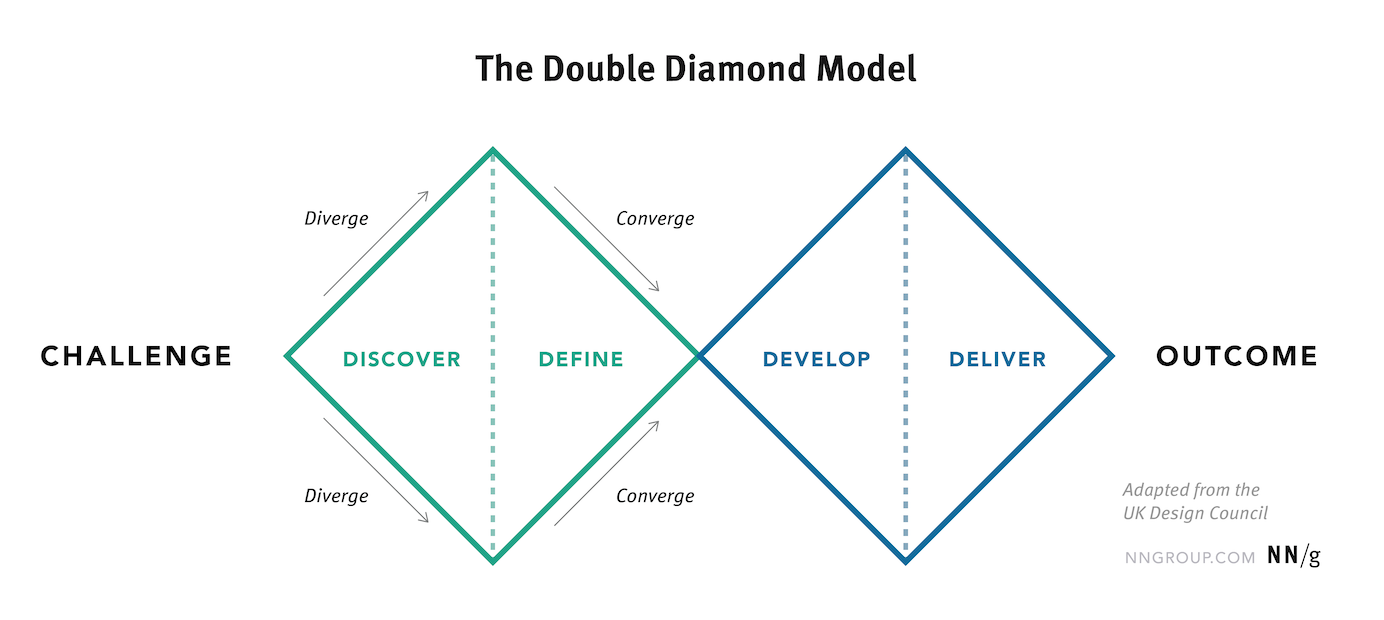
I am of course talking about the ‘Process’ here, here are the excerpts from the New Layer Podcast on this,
There’s a universal, time-tested, overarching process for design that many of us are familiar with, but when it comes to applying that process to any project, you may find it needs to be adapted. Tanner and Jasmine talk about the different ways the design process must be used to meet specific project needs; including how to identify what part of the process should be changed and how to ensure your process is fluid, not rigid, to ensure you and your team get the best results from your design work.
Certainly, the Design Thinking or User-Centered Design approach captures the breadth of design work, yet it must be considered that it is quite idealistic, whereas real design work is messier and more chaotic.

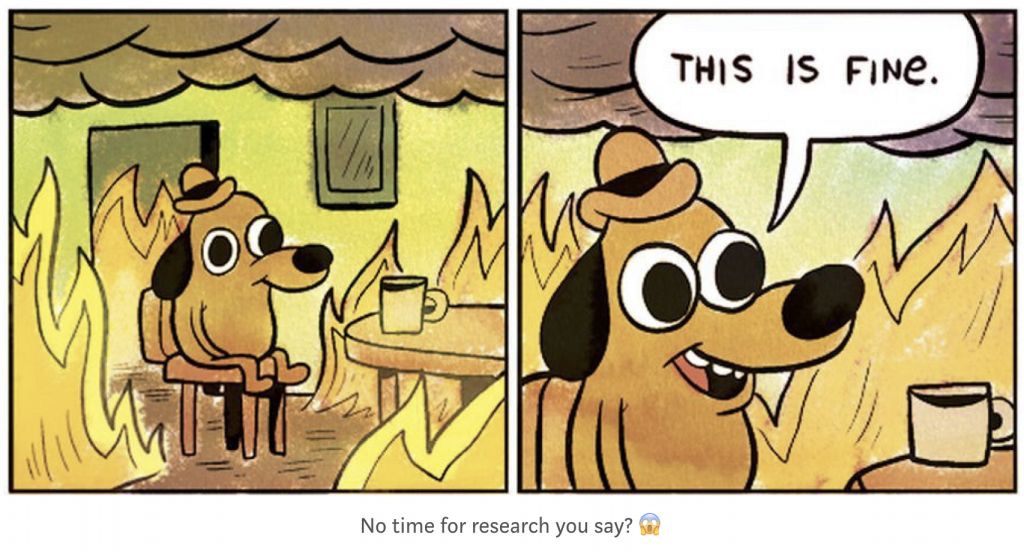
So then, here are some of my top learnings on case study essentials as well as some tips to make it stand out:
1. Make it contextual
Is your overall portfolio catered towards getting more freelance projects?
Is it towards getting a role in an agency or a product company?
Are you looking at a research role?
Are you looking for a more visual role?
Are you targeting B2B (Business to Business) or B2C (Business to consumers) role?
Are you targeting particular sectors like Fintech, Edtech, SaaS, etc?
“Dress for the job you want, not the one you have right now”
Based on your target audience and role, you might have to put more emphasis on certain aspects of your case study.
2. Add the hook
“A picture is worth a thousand words” so you don’t wanna make the people go through all of the case studies only to discover the visuals or the actual UI right at the bottom, build the interest first and showcase some glimpses at the start of your portfolio as a header or thumbnail.
Also, a side note, while a picture may be worth a thousand words, in our context a prototype or an explainer video may just be worth more, so don’t shy away from those either.
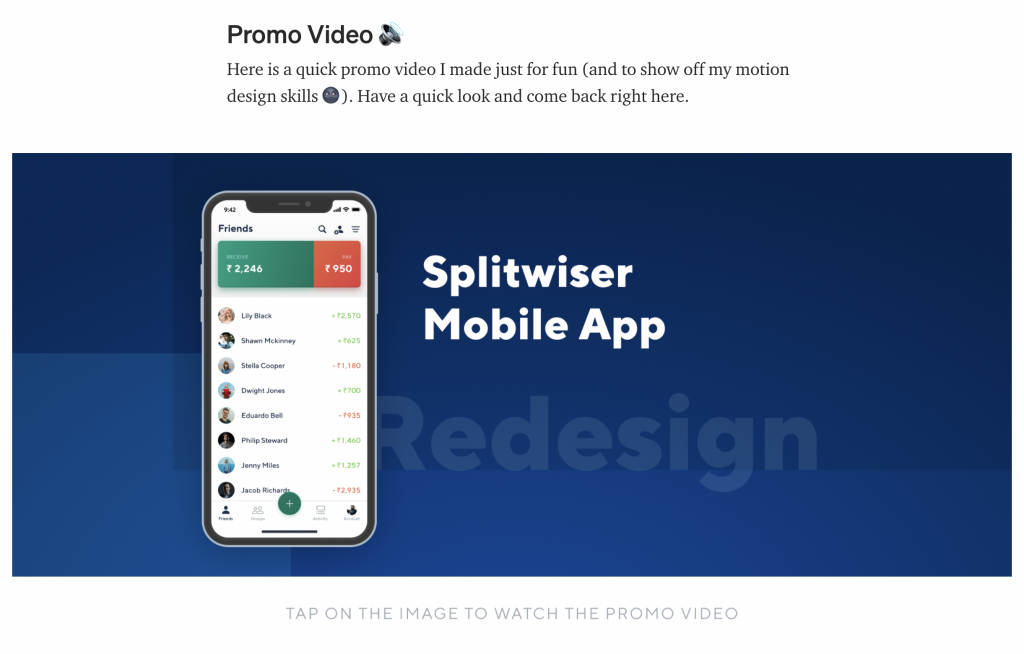
3. Establish the correct basic details
While you might be well versed with the project, the person viewing might be looking at it for the first time so it has to make sense to them. Run it through with a couple of folks and see if it makes sense to them or not.
Right here, you just need to set the context in brief,
What the project was what was your role in it?
What was the platform of the project? Was it an app, web, or more?
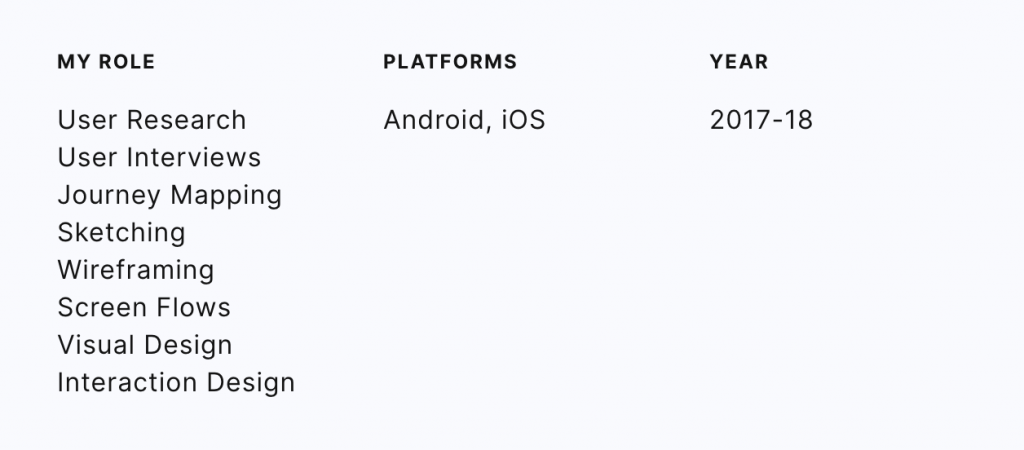
4. What was the problem exactly and how did you discover it?
What was the problem exactly? It’s better to focus on a single problem for a case study.
How did you discover it? Was it through qualitative research? Was it through customer generated tickets? Was it the problem you faced yourself using the product? Or was it a new opportunity area that you’re tasked with?
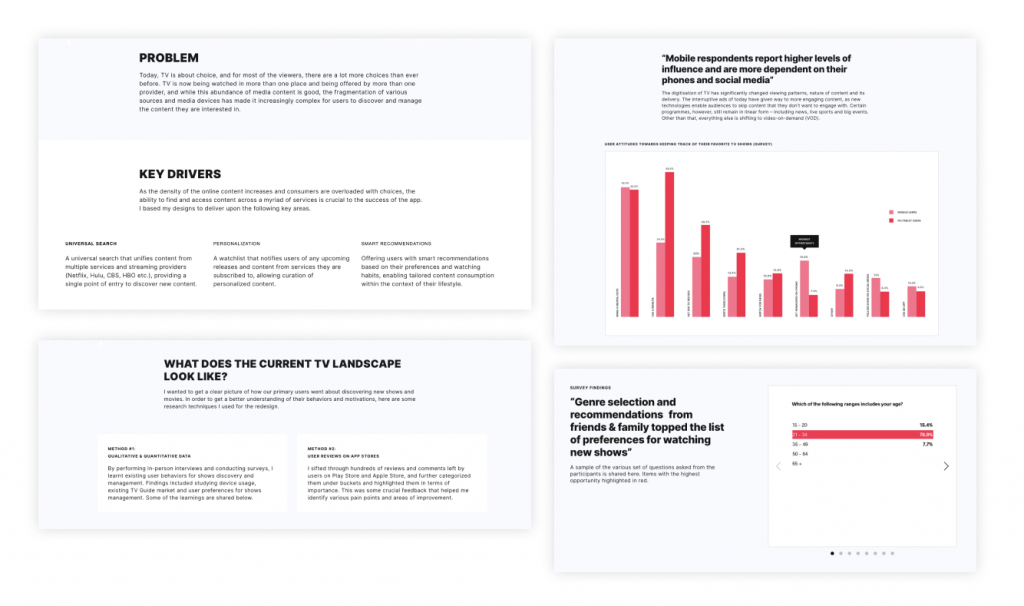
5. How did you solve the problem?
Certainly, the ‘process’ is really really important (can’t stress this enough), but Hiring managers would not be spending much time on your portfolio because of the number of portfolios they have to go through.
Make sure to include only relevant stuff that would really add value or try to show how it leads you to what you ended up with, a laundry list of things done under the pretext of ‘Process’ won’t be helpful as much and would take time off the other things.
Storytell here about the solutions, the insights, the iterations, the first drafts, the failures, the compromises you made. Try to articulate your problem-solving ability and critical thinking.
Before/ afters of the problem vs solution is also a good way to clearly show the solutions.
6. What was the impact?

Showing the impact of your work can be a good segue to conclude the case study and also holds great value, validating all the work done. If you can’t show quantitative numbers then try showing some of the customer feedback received.
Some side tips:
1. Make the screens legible, please no skewed 3D angled mockup screenshots, I know it looks cool but defeats the purpose, and as a Product designer, one has to think about the functionality and usability as well.
2. As mentioned earlier brownie points on extremely short video explainers or prototypes.
3. One thing I learned from King Siddharth’s portfolio reviews on his Youtube channel, is his constant emphasis on using bullet points and highlighting important stuff for better discoverability, legibility, and content digestibility.
Reach out to me on the handles below if you want to talk about all things design or want to get a second opinion on your portfolio/ case study.

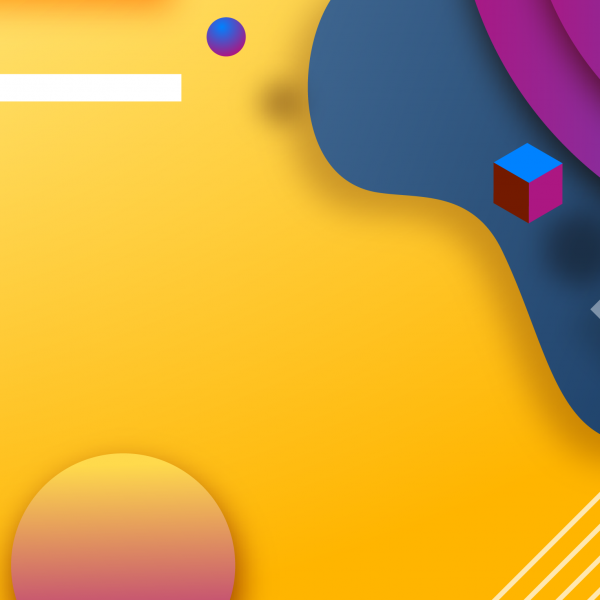
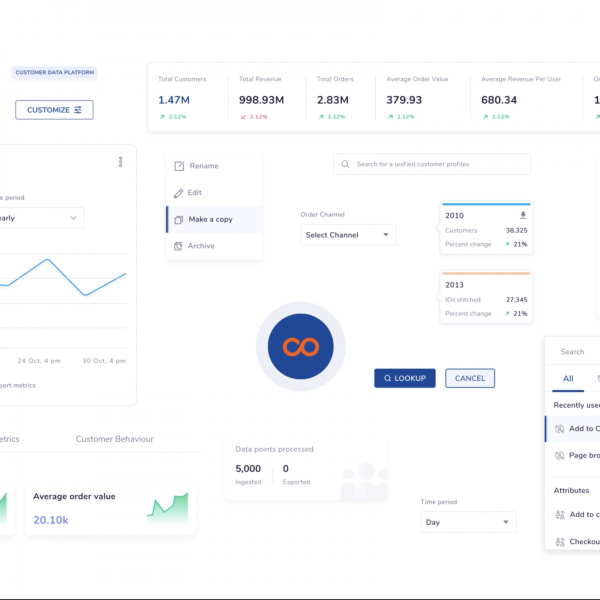
Leave a Comment